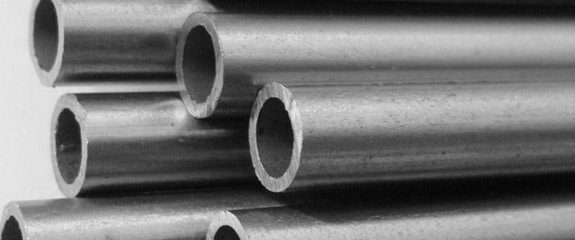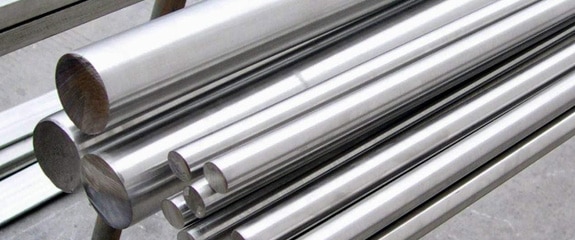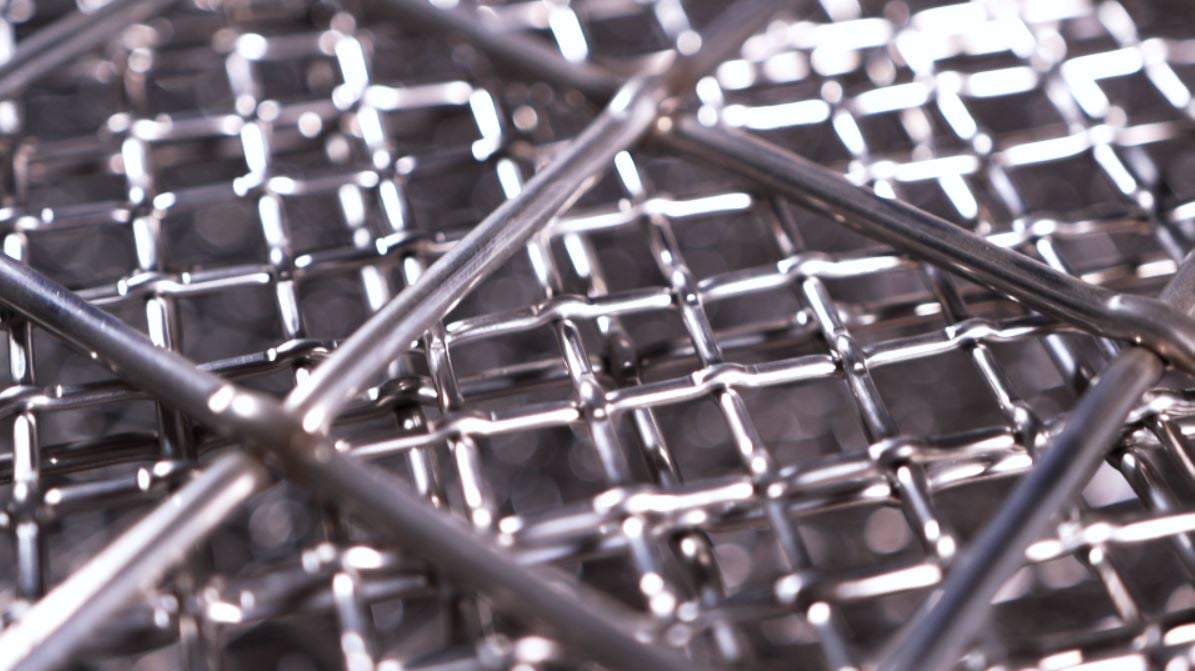Hastelloy vs 904 Stainless Steel: Selecting Chromatography Alloys
Chromatography is a scientific technique practiced when a mixture must be broken down into individual elements. It is used in industries ranging from food and beverage to pharmaceuticals, and as a result, the filter media is subjected to various chemicals.
To provide long-lasting performance, you must use a reliable material, like woven wire, made from a suitable alloy. But with the market saturated with options like Hastelloy and 904 stainless steel, making a decision can be challenging.
W.S. Tyler has been dedicated to helping customers create and implement tailor-made solutions that align with their exact needs. This includes equipping you with a deep understanding of what alloys will provide optimal results.
To help, we wrote this article to highlight the critical differences between Hastelloy and 904 stainless steel when implemented in chromatography. You will learn:
- The definition of Hastelloy
- Why you would want to use Hastelloy
- The definition of 904 stainless steel
- Why you would want to use 904 stainless steel
- How Hastelloy and 904 stainless steel compare
- How to select the right alloy
What Is Hastelloy?

Hastelloy is a nickel-based, high-performance woven wire alloy that delivers optimal results in severe conditions. Alongside its nickel foundation, it is comprised of various elements, including molybdenum, tungsten, and chromium.
The addition of molybdenum and chromium is what allows the alloy to maintain peak performance in the harshest of conditions.
What Are the Benefits of Hastelloy?
The more prominent benefit of using Hastelloy woven wire is its ability to perform when subject to extreme heat. This heat resistance works to prevent oxidation, prevent surface discoloration, and ensure structural integrity is preserved.
In addition to peak heat resistance, Hastelloy offers substantial corrosion resistance. It is more notably proficient in resisting pitting corrosion.
This proves beneficial for applications where woven wire is introduced to harsh acids and alkalines.
What Is 904 Stainless Steel?

904 stainless steel is an austenitic woven wire alloy used to accommodate harsher applications that would disrupt the performance of more standard stainless steel alloys. Its chemical breakdown consists of 45-47% iron, 19-23% chromium, 23-28% nickel, 4-5% molybdenum, 2% manganese, 1% silicon, .045% phosphorus, .035% sulfur, and .020% carbon.
Its chemical makeup puts it in the low-carbon alloy classification.
What Are the Benefits of 904 Stainless Steel?
904 stainless steel is exceptionally stable with the inclusion of molybdenum. So much so that it displays tremendous resistance to corrosion.
More notably, pitting and crevice corrosion.
It is also known for offering a heightened balance of strength and durability. They work in a joint effort to withstand demanding applications, combating mechanical stress and intense pressure loads.
Learn more about the effects mechanical stress can have on woven wire in the article below:
In turn, 904 stainless steel can offer woven wire users a longer-lasting mesh.
While not as substantial as Hastelloy, 904 stainless steel offers desirable heat resistance. This makes the material even more capable of handling more demanding applications.
How Do Hastelloy and 904 Stainless Steel Compare?
Hastelloy will offer better performance in severe conditions. It is designed to better combat corrosion caused by oxidation and reducing agents.
More specifically, it will outperform 904 stainless steel when it comes to resisting pitting and stress corrosion. It also offers better stability in extreme heat.
Now, as 904 stainless steel has high levels of nickel and chromium, its ability to resist corrosion caused by acids is complementary to its ability to maintain its strength in high heat. But what makes it stand is the balance between cost-effectiveness and performance it offers.
Hastelloy is relatively expensive, and while the corrosion and heat resistance 904 stainless steel offers are not on the same level, it is comparable enough to be considered a cost-effective alternative.
Which Alloy Should I Use?
Determining whether to use Hastelloy or 904 stainless steel should be heavily dictated by the chemicals and operational temperature to which your woven wire will be exposed. That said, the desired lifespan of your woven wire and the budgetary constraints of your operation should also be considered.
With that, Hastelloy should be considered if your chromatography process calls for more aggressive chemicals or extreme heat. But if your process doesn't feature harsh conditions but still calls for woven wire with sufficient corrosion resistance, 904 stainless steel may be a better fit.
POROSTAR®: Paving the Way Towards Efficient Separation
Hastelloy and 904 stainless steel are two woven wire alloys popular when constructing chromatography filter plates. Hastelloy is often reserved for the most extreme conditions, whereas 904 stainless steel is utilized when the mesh must perform harsh acids but remain budget-friendly.
But the alloy you select is just the tip of the iceberg. You must also consider what woven wire variation you should be using.
This decision will play an integral role in the success of your process. Knowing this, W.S. Tyler strives to leverage our 150 years of experience to open the door to new possibilities through innovations like POROSTAR®, a sintered multi-layered solution.
Read the article below for more information on how POROSTAR can help project your chromatography to greater heights:
About Ronnie Brown
Ronnie is the Content Writer for W.S. Tyler and has four years of experience as a professional writer. He strives to expand his knowledge on all things particle analysis and woven wire mesh to leverage his exceptional writing and graphic design skills, creating a one-of-a-kind experience for customers.




